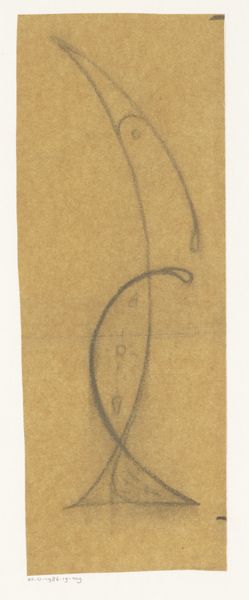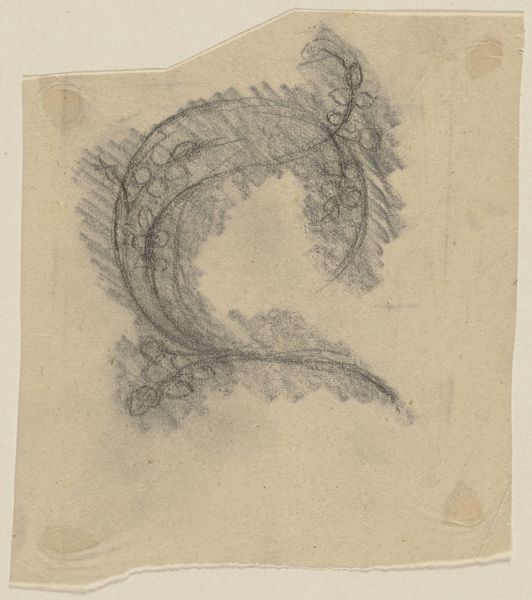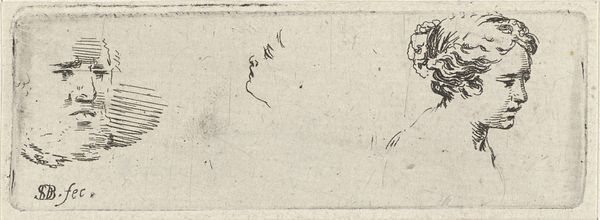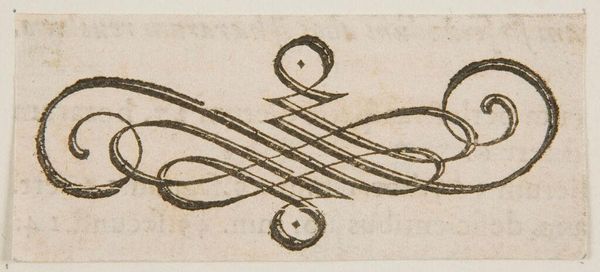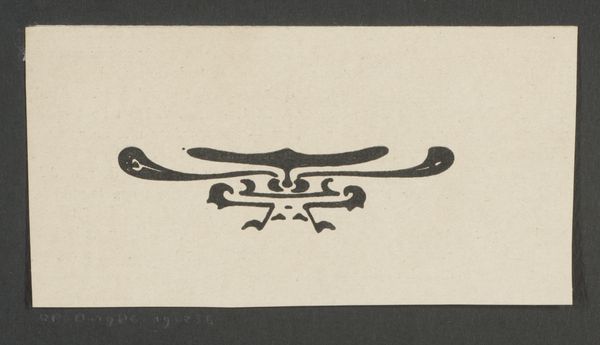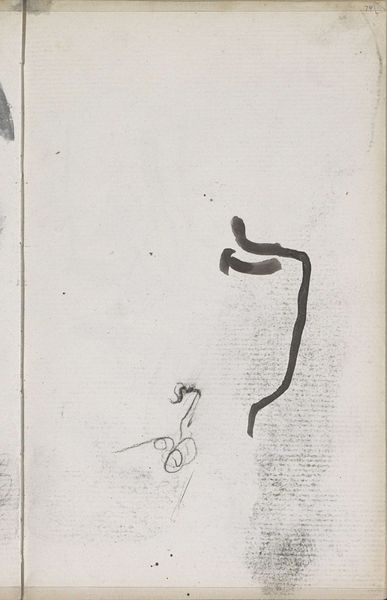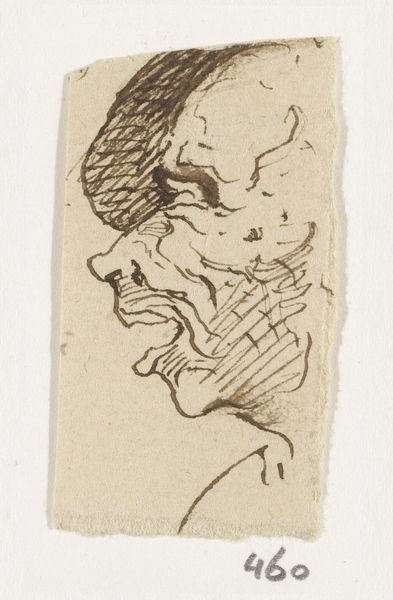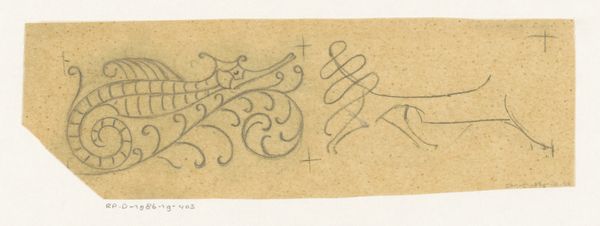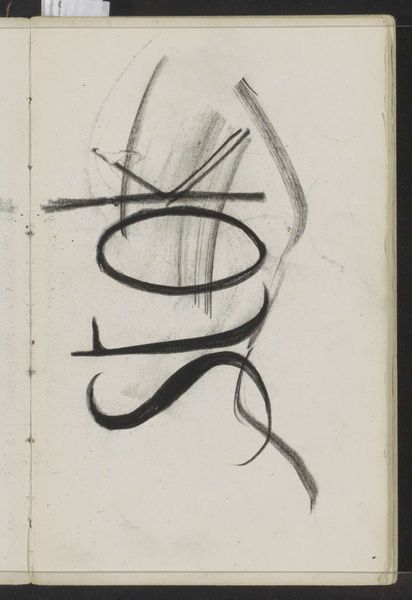
drawing, dry-media, pencil
#
portrait
#
drawing
#
dry-media
#
pencil
Dimensions: 50 mm (height) x 229 mm (width) (bladmaal)
Curator: Before us we have “Three Studies of Mouths,” rendered by Nicolai Abildgaard sometime between 1743 and 1809. The artist utilized pencil, employing the dry-media approach. Editor: Immediately, the simplicity strikes me. Just a delicate whisper of graphite on paper, but intensely intimate. The repetition draws attention—it becomes less about accurate representation and more about… what exactly? A fascination? An obsession? Curator: I see these studies as representative of Abildgaard's deep engagement with the academic tradition. Mouths are crucial for oratory and the dramatic arts, deeply entwined with political power in the late 18th century. It was crucial for any aspiring history painter like Abildgaard. Editor: Ah, that contextualization makes it richer. Yet, even divested of political context, the simple lines of these mouths resonate—the sensuality and inherent vulnerability of the human face—irrespective of gender. To capture the expressive range of this specific feature offers so much promise. Curator: The study itself existed as preparation for a grander history painting, not an artwork meant for public display. Its creation reflects artistic skill, a system sustained by royal academies and patronage. Editor: Which presents a kind of artistic control, right? While Abildgaard worked to make history paintings he found a mode for observation. As if a certain radical vulnerability might peek through... It does prompt interesting considerations about authority, control, and individual expression within an overtly politicized, heavily scrutinized world. Curator: Agreed. The status and prestige associated with state-funded artists did enable new means to push beyond existing boundaries. Perhaps even unknowingly. Editor: Well, considering those elements together reframes the sketches, then. They are much more charged, more potent than first meets the eye. Thanks, this has been an intriguing look! Curator: Thank you! I find myself considering these mouth studies a valuable lesson in power relations in a visual field and historical narrative, far more nuanced than it initially seemed.
Comments
No comments
Be the first to comment and join the conversation on the ultimate creative platform.

